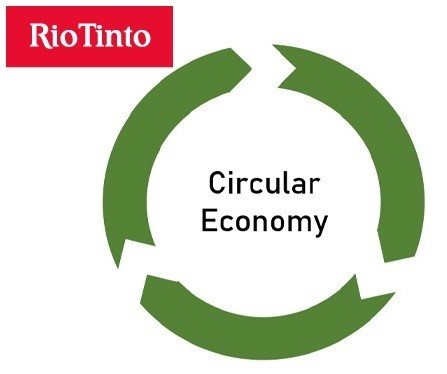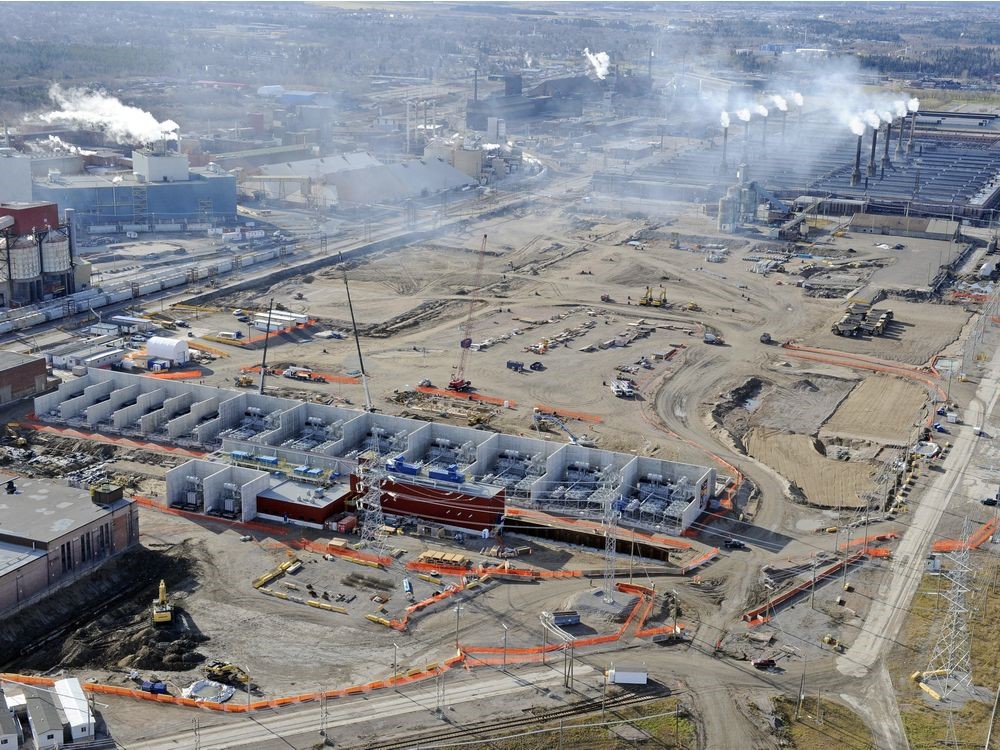

The mining and metal Group Rio Tinto was highly inspired by the reduction of the environmental impact by the agricultural and food sector. Now by investing C$250 million in the commissioning of a bauxite residue filtration and optimization plant at its Vaudreuil alumina refinery in Saguenay – Lac-Saint-Jean, the metal giant is promoting the circular economy.

The food industry, chiefly in winemaking filter presses are widely used and to reduce its ecological footprint, Rio Tinto has equipped itself with four 85-ton presses fitted with plates with hydraulic pressure to compress and revalorize the bauxite residues from the production of alumina.
These residues, which take the form of potting soil or compost, must be dried before their storage and recovery. This drying process took up to three years. Now, the technology used by Rio Tinto, this drying process only takes 17 minutes.

Martin Lavoie, Rio Tinto, Director of Operations, Vaudreuil plant and port facilities and rail services, said: “Drying reduces our surface footprint. And the fact that the residues are 74% dry gives them added value. This type of residue, and its quality, is sought after among others in cement factories.”
This approach facilitates the rehabilitation of the site and allows Rio Tinto to continue its activities for several more years. "We are extending the life of the site, which supports 1,000 jobs in the region," says Lavoie.
The bauxite residue filtration and optimization plant, which began commissioning in 2019, is currently 50% functional. It will have reached its full capacity by the end of 2020.
Martin Lavoie argues that Rio Tinto can filter and upgrade all of its bauxite residues.
Another interesting element, according to Martin Lavoie: “Bauxite tailings contain gallium and scandium, which are part of the rare earth group. It's only 1% of the residue, but still.”
“Rio Tinto's facilities in Saguenay – Lac-Saint-Jean still have the best environmental performance in their industry to this day”, says Lavoie.
“Of the 120 alumina plants in the world, we are in the top 3 in terms of energy efficiency”
Besides, Rio Tinto has a team whose role is to recycle some 400,000 tonnes of waste from its facilities in Saguenay – Lac-Saint-Jean.
Stéphane Poirier, Head of the Valorisations and marketing department of sub-products, said: “Whether it is anhydrite (or calcium sulphate), caustic soda or iron oxide, the objective is to find a second life for them.”
Responses








